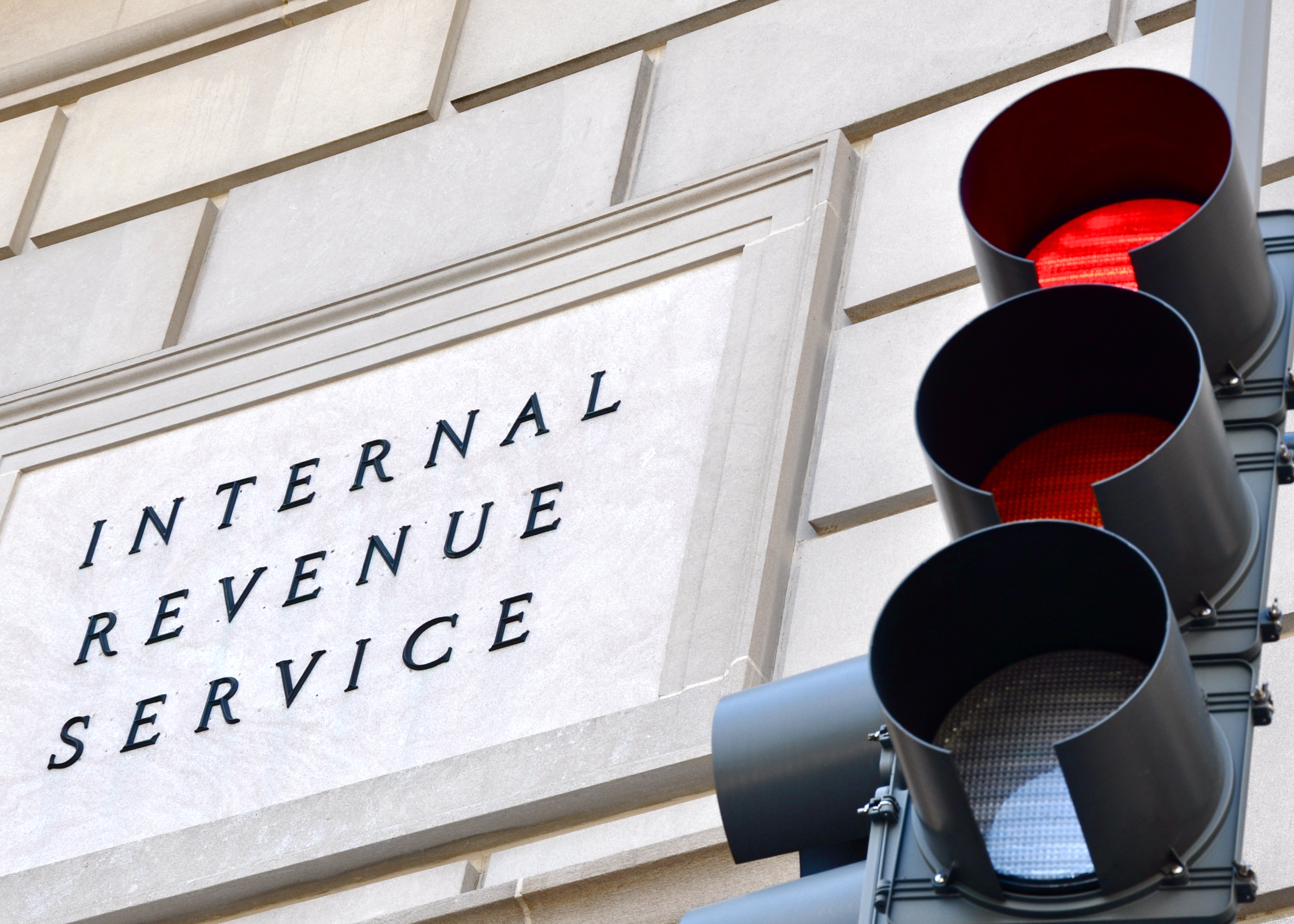How the Social Security Administration Is Coping with Rapid Change
There has been a fair amount of change at the SSA since Trump took office. Here's a look at what's new this year and how it will impact the agency going forward.


The Social Security Administration (SSA) has undergone some significant changes since President Donald Trump took office in January, impacting the nearly 70 million Americans who receive some form of benefits.
New rules and policies have been introduced, and cutbacks have been made by the Trump administration and the Department of Government Efficiency (DOGE). The changes are intended to update the Social Security system and eliminate waste, but the process of implementing these changes has caused disruption and uncertainty.
The SSA was already under a hiring freeze and understaffed when it was asked to implement the new Social Security Fairness Act (SFA) at the start of the year.

Sign up for Kiplinger’s Free E-Newsletters
Profit and prosper with the best of expert advice on investing, taxes, retirement, personal finance and more - straight to your e-mail.
Profit and prosper with the best of expert advice - straight to your e-mail.
Despite receiving no additional funds or manpower, the SSA was asked to carry out the calculations to determine the back payments and monthly increases for more than 3 million people, even before DOGE arrived to streamline processes and eliminate fraud and waste.
Since then, the changes and developments have been building. Here's a look at some changes underway in 2025.
Americans were already insecure about their retirements
People close to retirement age didn't need more reasons to be concerned about the stability of the Social Security system, as insolvency comes closer every year with no plan or push by elected officials in Washington to shore up the Social Security trust fund.
Some people are spooked enough by the situation that they've decided to apply for benefits earlier than planned, according to the Wall Street Journal.
Potential beneficiaries are worried about the health of the main Social Security trust fund, which is projected to be depleted by 2033. A majority of those questioned by Bankrate in a 2024 survey stated that they were concerned about receiving their promised benefits if the fund runs out of money, including 73% of non-retired people and 71% of those already retired.
But the anxiety isn’t solely because the trust fund is less than a decade from paying reduced benefits. Americans are generally concerned about their money running out during their retired years.
In fact, 64% of people are more worried about going broke in retirement than dying, according to a recent study by Allianz Life. Among those surveyed, 43% cited “Social Security not providing as much financial support as they need” as a factor contributing to their fear of running out of money.
Changes at the SSA and the push to move people to use more online services
The pace of change at the SSA has been hectic and not without hiccups. The drive to streamline processes to reduce expenses and fraud has resulted in a push to move more Social Security transactions online to be handled through mySocialSecurity accounts.
While this move is in line with other market trends to shrink in-person services, the SSA provides vital services to beneficiaries, not customers.
Let’s look at three changes that have been rolled out since the start of the Trump administration.
Ending paper checks for Social Security benefits. As part of the drive to lower the cost of government and reduce fraud, in March, Trump signed an Executive Order “Modernizing Payments To and From America’s Bank Account,” which will curtail the use of paper checks by the federal government.
Currently, about 485,766 beneficiaries receive their funds via a paper check. So far, there's been no change to these plans, and because the order included exceptions for those that don’t have access to a bank, it has largely escaped the criticism that other measures have encountered.
Stricter identity-verification measures. On March 18, the SSA announced its intention to end phone services that allowed beneficiaries to change their direct-deposit information and file new benefit claims. While these services would continue to be available through mySocialSecurity accounts, those who can't use an online account would have to complete those tasks in-person.
What happened?
First, the SSA delayed the implementation of the new ID verifications and discontinuance of phone services for two weeks, pushing the date from March 31 to April 14.
The SSA also backtracked and decided to allow individuals applying for Social Security Disability Insurance (SSDI), Medicare, or Supplemental Security Income (SSI) to complete their claim entirely over the phone without the need to come into an office.
More changes were still to come.
On April 14, the SSA announced a new anti-fraud technology that enables the “SSA to identify suspicious activity in telephone claims” and “allow individuals to complete all claim types via telephone.” A That’s great news for those needing to file a new claim; people wishing to update their direct-deposit information would have to adjust again to a new process.
As of April 28, anyone needing to change their direct-deposit information could do so by phone, but would need to provide a PIN to the representative on the phone to verify their identity. You need a mySocialSecurity account to retrieve the PIN number. This means anyone not able or willing to use an online account would need to visit a local office in person.
Changes to recovery of Social Security overpayments. Previously, beneficiaries saw their monthly checks garnished by 100% until SSA was able to fully recover accidental overpayments.
But the hardships caused for some Social Security recipients as a result of this prompted the Biden administration to reduce the repayments to 10% of a beneficiary's monthly benefit, or $10, whichever was greater.
On March 7, under Trump, the SSA announced it would reinstate the previous policy of garnishing 100% of benefits until the overpayment was repaid. This change was met with resistance citing evidence that some beneficiaries were left homeless by this policy before it was changed. As a result, the SSA changed course on April 25.
In an emergency message, the SSA said it was reducing the overpayment garnishment rate to 50%, down from 100%, if the beneficiary does not request reconsideration or a waiver, or negotiate a lower repayment rate.
As investment firm KKR said in reference to the last-minute change to the repayment of overpayments: "The partial reversal is another twist in the Trump administration’s tumultuous approach to Social Security, which has included staff cuts and the acting commissioner’s threat, which has since been withdrawn, to essentially shut down the agency.
The SSA touts the accomplishments of the president's first 100 days
The SSA issued a press release on April 29 to show where they have made progress. Acting commissioner Leland Dudek cited the acceleration of the retroactive payments and monthly increases that were implemented in March (as a result of the Social Security Fairness Act), which was far sooner than the original estimate of up to a year.
The SSA also made strides in transparency by "publishing on SSA’s website key performance data previously available only to SSA employees." You can now see wait times for 800 calls and claims processing times for retirement, survivor, and Medicare benefits and disability claims.
The other successes are harder to gauge, as those are changes that are behind the scenes.
The SSA says it is upgrading the telecommunications platform to improve phone service and has "migrated over 350 offices in the Southeast and Northeast regions." They're expanding "partnerships within the Health IT (information technology) program, which facilitates electronic data exchanges for faster disability determinations" to speed up claims processing and reduce the "over $500 million dollars to collect medical records for applicants."
Moves to reduce the workforce at the SSA and the consolidation and closing of some SSA hearing offices, have caused concern that the already understaffed agency would disrupt benefit payments and the processing of new claims.
What's next?
DOGE is still at work at the SSA, although their push to get access to SSA data has been throttled and limited by a preliminary injunction.
The injunction requires DOGE employees to undergo background checks and receive training that all SSA employees undergo before granting them access to sensitive data.
The Trump administration has filed an emergency appeal with the Supreme Court regarding the ruling and DOGE's access to information. The issue remains in flux.
In other developments, the nominee for Social Security commissioner, Frank Bisignano, will finally be voted on by the full Senate on May 6.
It's possible that the manner and pace of change at the SSA will be impacted by the new commissioner, if confirmed, who has extensive experience with payment processing in customer-facing businesses; he was CEO at Finserv before his nomination.
To stay on top of developments at the SSA, check the SSA Communications Corner for press releases and checking our live Social Security blog regularly.
Related Content
Get Kiplinger Today newsletter — free
Profit and prosper with the best of Kiplinger's advice on investing, taxes, retirement, personal finance and much more. Delivered daily. Enter your email in the box and click Sign Me Up.

Donna joined Kiplinger as a personal finance writer in 2023. She spent more than a decade as the contributing editor of J.K.Lasser's Your Income Tax Guide and edited state specific legal treatises at ALM Media. She has shared her expertise as a guest on Bloomberg, CNN, Fox, NPR, CNBC and many other media outlets around the nation. She is a graduate of Brooklyn Law School and the University at Buffalo.
-
 IRS Government Watchdog Warns More Layoffs to Come
IRS Government Watchdog Warns More Layoffs to ComeIRS Over 11,400 IRS employees took the Trump-instructed buyout or were terminated. What does it mean for your taxes going forward?
-
 Why You May Not Want to Move Near the Grandkids in Retirement
Why You May Not Want to Move Near the Grandkids in RetirementAre you retiring and thinking of moving to be near the younger generations? Here's why you may want to think again.
-
 Worried Social Security Benefits Will Be Cut? This Is How Much More You Need to Save to Be Safe
Worried Social Security Benefits Will Be Cut? This Is How Much More You Need to Save to Be SafeThe Social Security trust fund will be insolvent in 2033 and by 2035 will have to reduce benefits by 17%. Here is now much more you need to save to cover the potential shortfall.
-
 The Odd Couple: Renting Out a Room in Retirement
The Odd Couple: Renting Out a Room in RetirementWhether you're more Golden Girls or Felix Unger, renting out a room in retirement might make financial sense. You might even have fun.
-
 How to Be Your Own Consumer Watchdog
How to Be Your Own Consumer WatchdogBig changes are afoot at federal agencies. Make these moves to protect yourself financially.
-
 The Three Retirement Tax Issues I Nag My Clients About
The Three Retirement Tax Issues I Nag My Clients AboutA financial professional highlights areas of tax planning that retirees should have on their radar as they finalize their retirement plan.
-
 How to Age Gracefully: Learn from Bill Gates, the Who and David Attenborough
How to Age Gracefully: Learn from Bill Gates, the Who and David AttenboroughGetting old isn’t nearly as bad as many people think it will be. Nor is it quite as good. Maybe it’s somewhere in between.
-
 I'm 60 with $4 Million — Can I Have a Luxury Retirement?
I'm 60 with $4 Million — Can I Have a Luxury Retirement?With inflation and volatility, how careful should I be?
-
 How to Turn Education Planning Into Retirement Planning
How to Turn Education Planning Into Retirement PlanningNervous about investing in a 529 plan? If college doesn't pan out, the money can now be rolled over into a Roth IRA, which will grow tax-free until retirement.
-
 How Financial Advisers Can Help Clients Navigate the SSFA
How Financial Advisers Can Help Clients Navigate the SSFAThe Social Security Fairness Act's big changes and new opportunities could require adjustments in tax strategy for some Social Security recipients.